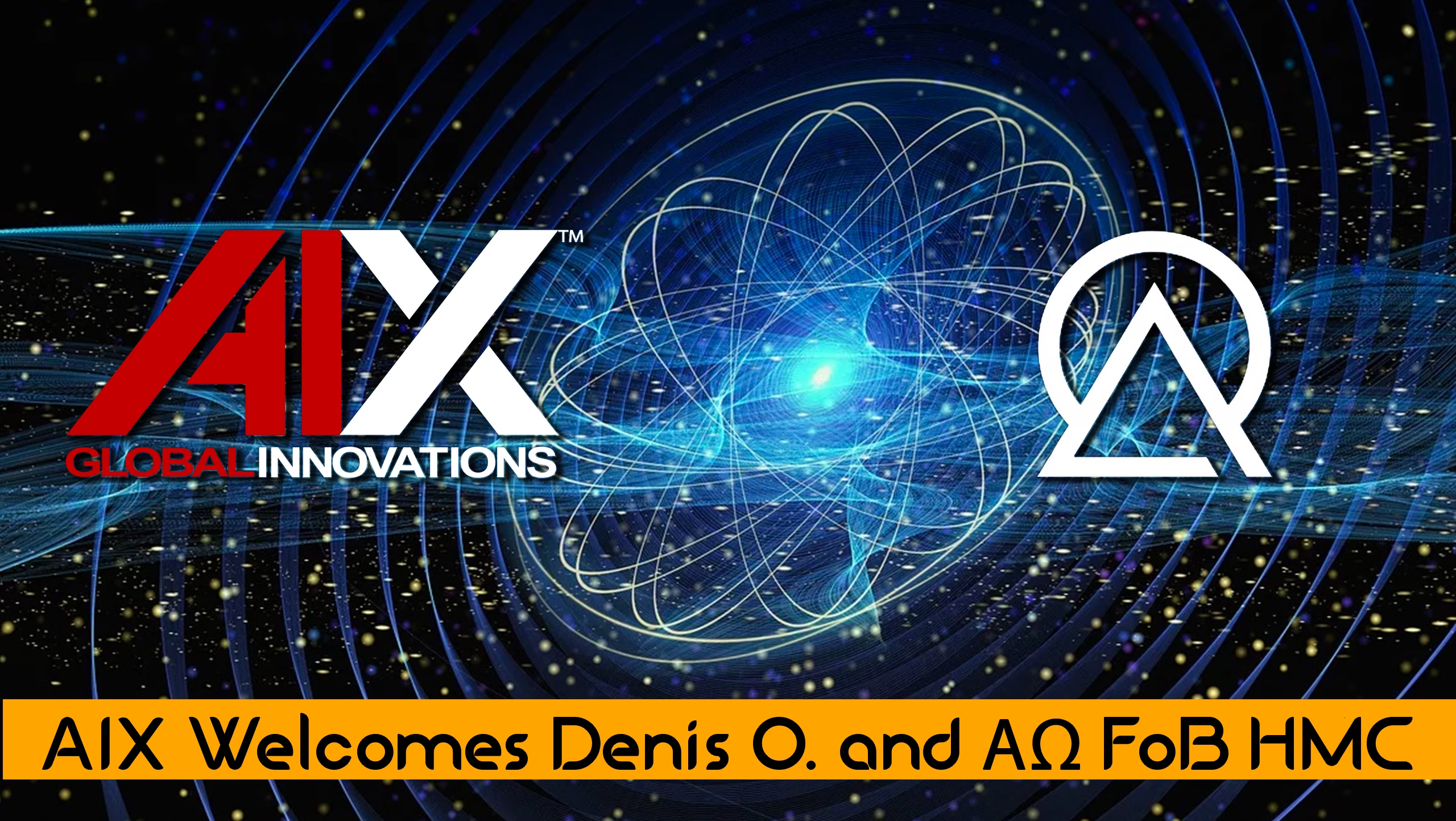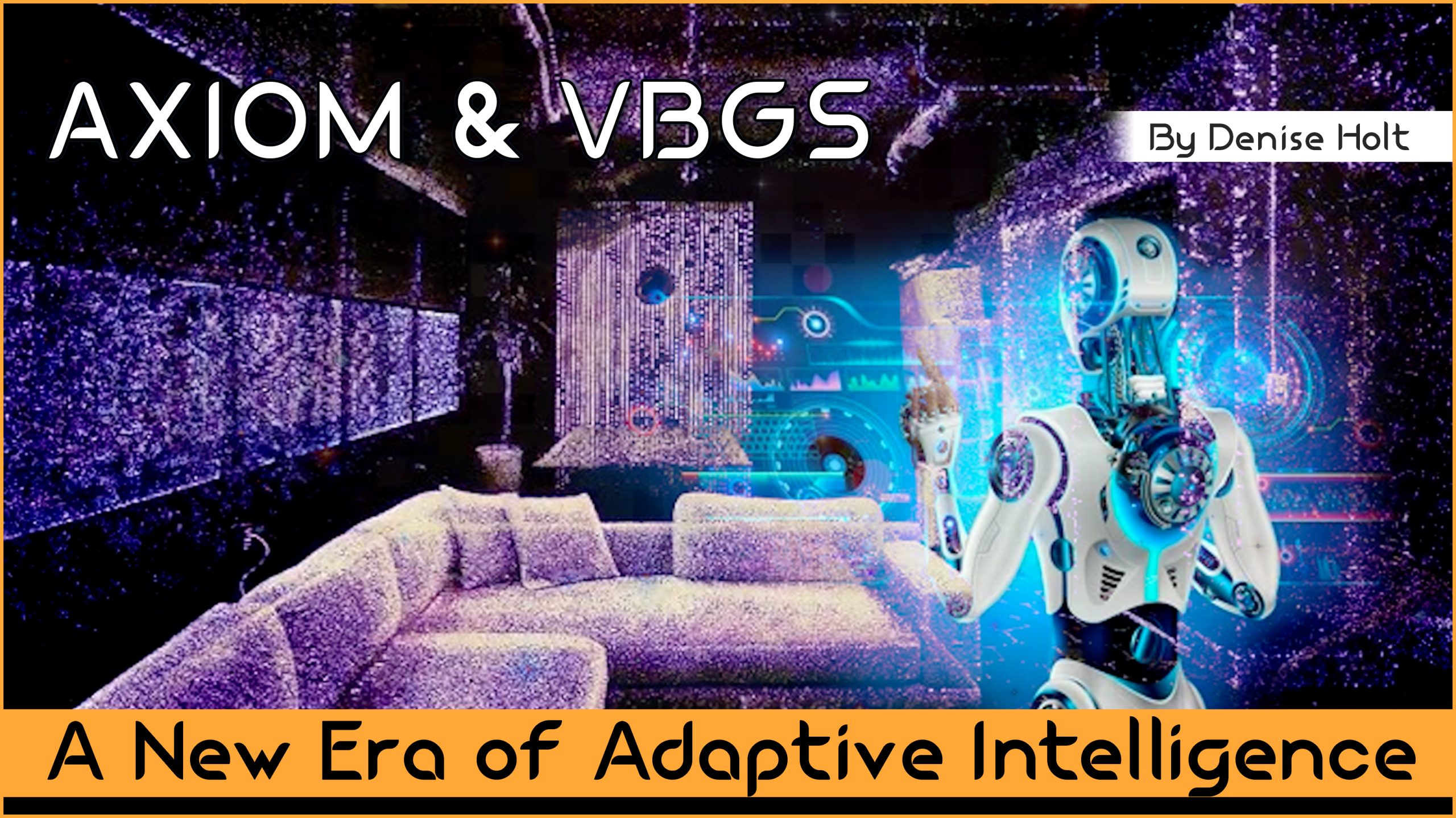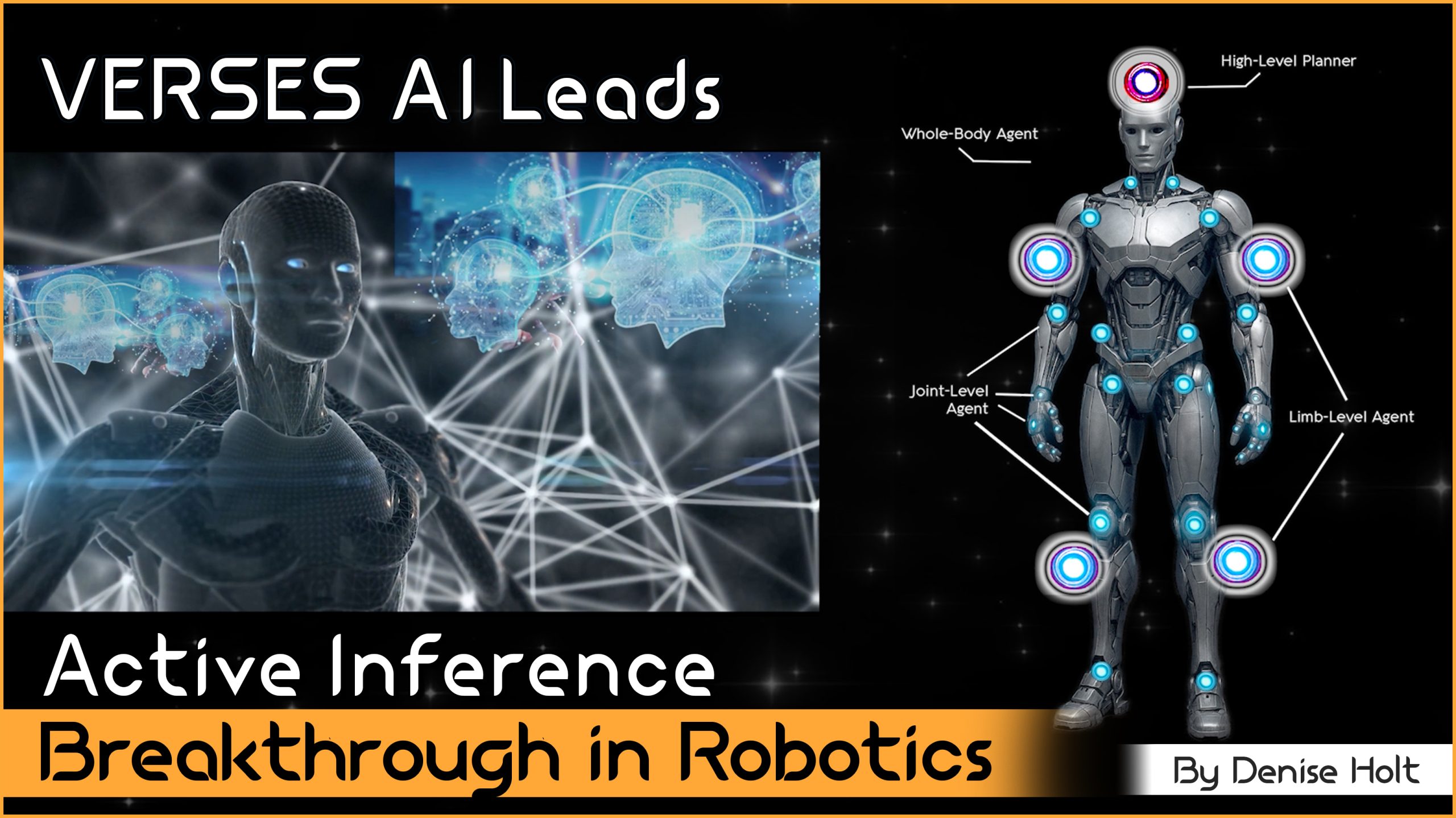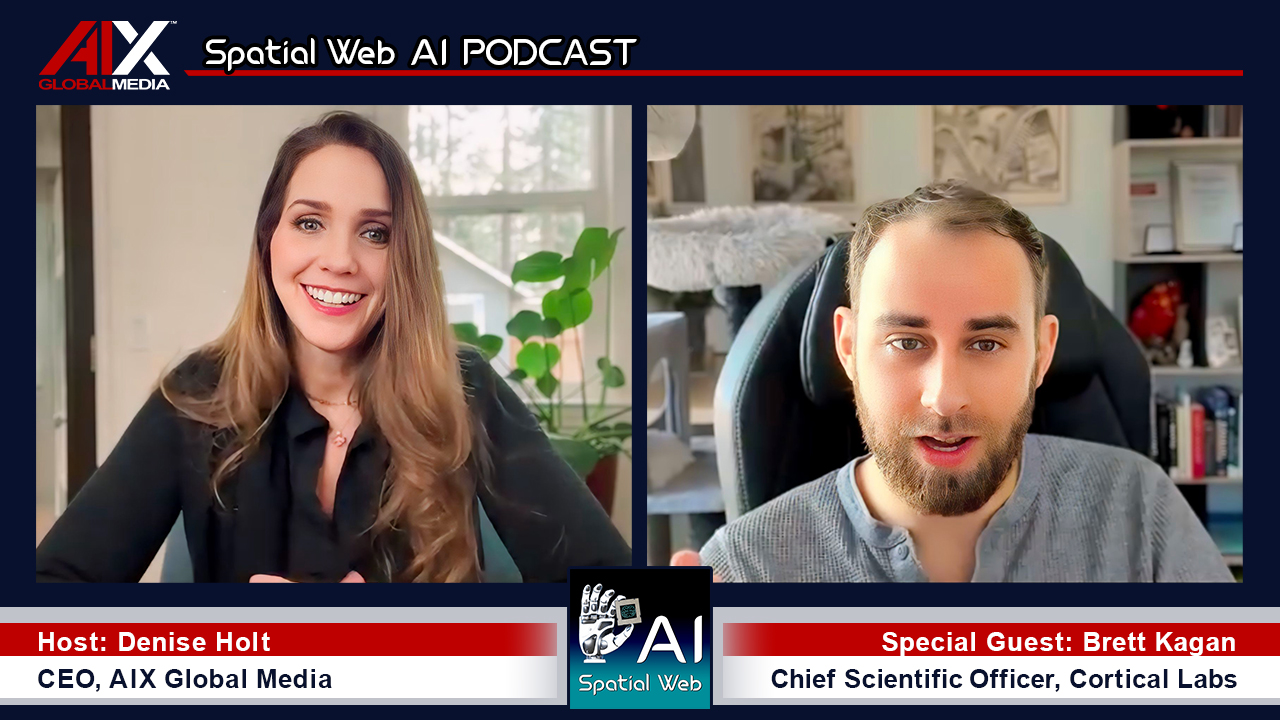
3 spots left to unlock EVERYTHING inside Learning Lab Central with LIFETIME Total Access to all courses, certification programs, Learning...

Before we go deep diving into the new Spatial Web Protocols, HSTP and HSML, it is important to understand what brought us to this point. As technology evolves, the way in which we interact with it and utilize it to enhance our daily lives and productivity naturally demands more expansion and sophistication over time. As humans, we are naturally curious beings, always pushing boundaries to new heights of discovery. This basic factor, coupled with Ray Kurweil’s Law of Accelerating Returns, sets forth the evolution of information technologies on a predictable and exponential trajectory of growth, creating an increasingly more complex interrelationship and interdependency with our way of life.
What has this trend looked like over time?
Operating systems and computer programs on personal computers.
Computing model comprised of 3 layers:
3 new layers for shared, networked computing:
The 3 layers evolve for mobile computing:
Computing in 3D spaces:
With each evolution of added layers, you gain new abilities to accommodate the growth in technological development. The progress and expansion of technology increases the capacity of our performance and potential, so we spend about 80% of our time in these new computing spaces.
Yet, with each progression, we do not lose access to any of the old systems, and the same will be true of the Spatial Web. These new technologies will not force you to use AI, but you can, and it will save you time and effort, increasing your capacity for search, creativity, safety, and so much more. You don’t have to use blockchains in the Spatial Web. You can still use the cloud. However, blockchains solve for many of our Web 2.0 problems with security and centralized authority verses decentralized access. Same with AR/VR. These new interfaces are not mandatory. They will merely provide for better, more immersive experiences, with IOT allowing real-time updates and adjustments.
One fascinating element contrasting this computing era as different from any previous evolution, the Spatial Web introduces two users at the interface level. Artificial Intelligence, as a virtual assistant, becomes a companion user to every person participating in Web 3.0, whether they realize it or not.
Trillions of IOT sensors are coming online in these next ten years with data points that AI will interact with to update digital twin environments in real time. Over time, AI “assistants” will become the dominant user of the Spatial Web, parsing the gargantuan amount of data and information for us to access, use, and navigate through our daily lives.
As the computing capabilities have matured and evolved over time, we have also become more connected on every level. From sending mere messages from one computer to another, to sharing and accessing scores of information on websites, to mobile computing, social media, and gaming, each new stage of computing has required updated methods for processing the new types of data and information exchange. Developing new protocols provides the necessary framework for increasingly complex network growth, establishing cohesion through common rules and guidelines.
Email — Only needed one protocol: TCP/IP
World Wide Web — Websites — New protocol + formatting language — HTTP + HTML, and then Javascript (1995)
Internet of Everything — Requires a new protocol and formatting language — HSTP and HSML
Initially the web was constructed as static documents, structured for information display and public access.
In 2004, YouTube arrived on scene, introducing a new concept of user generated content, ushering in a new era, bringing social networks into existence, as well as websites like, Wikipedia, granting users the ability to create and update website information. Along with the increased availability and affordability of high-speed connections, the web was suddenly transformed into an interactive platform embodying a new media-rich model of information exchange, Web 2.0.
Web 3.0 moves beyond users interacting with websites. The technologies of Web 3.0, including AR, VR, AI, and IOT, necessitate interaction with each other, along with the user, within multiple environments, whether real world or Metaverse/Digital Twin, allowing for the jumping in and out of each, updating in real time. This requires thinking very differently about data connection within and between all objects, circumstances, and people.
A new protocol and formatting language was inevitable.
This is Part 1 of a four part article titled, Why the Spatial Web Demands a New Protocol. Read Part 2 here.
To learn more about the Spatial Web Protocol and the evolution of Web 3.0, visit SpatialWebFoundation.org
All content on this site is independently created by Denise Holt. If you enjoy this content, please consider supporting my efforts at patreon.com/SpatialWebAI

3 spots left to unlock EVERYTHING inside Learning Lab Central with LIFETIME Total Access to all courses, certification programs, Learning...

We have been entrusted with something extraordinary. ΑΩ FoB HMC is the first and only adaptive multi-agent architecture based on...

AI is entering a new paradigm, and the rules are changing. AXIOM + VBGS: Seeing and Thinking Together - When...

Blueprint for new robotics control stack that achieves an inner-reasoning architecture of mult-agents within a single robot body to adapt...

The convergence of two groundbreaking technologies is reshaping how we think about AI, automation, and intelligent systems, affecting every industry...

On 29 May 2025, the IEEE Standards Board cast the final vote that transformed P2874 into the official IEEE 2874–2025...

Explore the future of agent communication protocols like MCP, ACP, A2A, and ANP in the age of the Spatial Web...

Fusing neurons with silicon chips might sound like science fiction, but for Cortical Labs, it represents what's possible in AI...

Ten years ago, on March 31, 2015, I interviewed Katryna Dow, CEO and Founder of Meeco, to discuss an emerging...